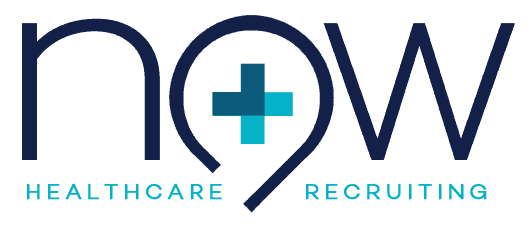New technology trends in healthcare continue to shape the industry, improving patient care, streamlining operations, and advancing medical research. As of my last knowledge update in January 2022, here are some emerging technology trends in healthcare that are likely to continue or gain prominence in 2023 and beyond:
- Telehealth and Remote Monitoring: Telehealth and remote patient monitoring technologies have seen rapid adoption due to the COVID-19 pandemic. These technologies enable virtual consultations, remote patient check-ups, and the continuous monitoring of patients’ vital signs and health metrics from their homes.
- Artificial Intelligence (AI) and Machine Learning: AI and machine learning are being used to improve diagnosis, predict disease outcomes, and enhance the efficiency of administrative tasks. Applications include medical imaging, drug discovery, personalized treatment plans, and predictive analytics.
- Blockchain in Healthcare: Blockchain technology is being used to secure medical records, streamline data sharing, and ensure the integrity and privacy of patient data. It can also aid in clinical trials and supply chain management.
- Health Information Exchange (HIE): HIE systems facilitate the secure exchange of patient health information across different healthcare providers, improving coordination of care and patient outcomes.
- IoMT (Internet of Medical Things): IoMT involves the use of connected devices and sensors to gather and transmit healthcare data. This technology enables remote patient monitoring, medication adherence tracking, and early intervention in chronic diseases.
- 5G Technology: The rollout of 5G networks enhances data transfer speeds and reduces latency. In healthcare, this enables real-time remote consultations, surgical procedures using robotic assistance, and the use of augmented and virtual reality in medical training and procedures.
- Robotic Process Automation (RPA): RPA is used to automate administrative and repetitive tasks, such as claims processing, appointment scheduling, and data entry, thereby reducing human error and improving efficiency.
- Genomic Medicine: Advances in genomics, including whole-genome sequencing and gene editing technologies like CRISPR-Cas9, are enabling personalized medicine and targeted treatments for genetic disorders and cancer.
- 3D Printing: 3D printing technology is being applied in healthcare for creating custom prosthetics, dental implants, orthopedic implants, and even patient-specific organ models for surgical planning.
- Quantum Computing: Quantum computing has the potential to revolutionize drug discovery, genomics research, and complex healthcare data analysis by solving problems that are currently computationally infeasible for classical computers.
- Augmented and Virtual Reality (AR/VR): AR and VR technologies are being used for medical training, patient education, and even in the treatment of phobias, PTSD, and chronic pain. Surgeons use AR/VR for surgical planning and visualization.
- Voice and Natural Language Processing (NLP): Voice recognition and NLP are employed in healthcare for transcribing medical records, clinical documentation, and improving the interaction between patients and electronic health records.
- Cybersecurity Solutions: With the increasing use of technology in healthcare, there is a growing focus on cybersecurity to protect patient data and healthcare systems from cyber threats.
- Remote Surgery and Robotics: Surgical robots and remote surgery systems are enhancing the precision and safety of surgical procedures. Surgeons can operate on patients from remote locations, reducing the need for in-person surgery.
- AR-Guided Healthcare: Augmented reality is being used for surgical navigation, aiding in complex procedures by providing real-time visual guidance.
These trends represent a glimpse of the technological innovations in healthcare, which are expected to evolve and expand in the coming years. It’s important for healthcare professionals, organizations, and policymakers to stay informed about these advancements to leverage their benefits and address associated challenges.

